Digital Transformation
Digital transformation is the process of utilizing technology and digital solutions to fundamentally change and optimize how businesses operate, interact with customers, and deliver value. It involves adopting new technologies, rethinking business processes, and embracing a digital-first mindset to stay competitive and relevant in the modern digital age. Digital transformation goes beyond simply integrating technology; it encompasses a holistic shift in the organization’s culture, strategy, and operations to leverage the full potential of digital tools.

Here’s how digital transformation helps businesses:
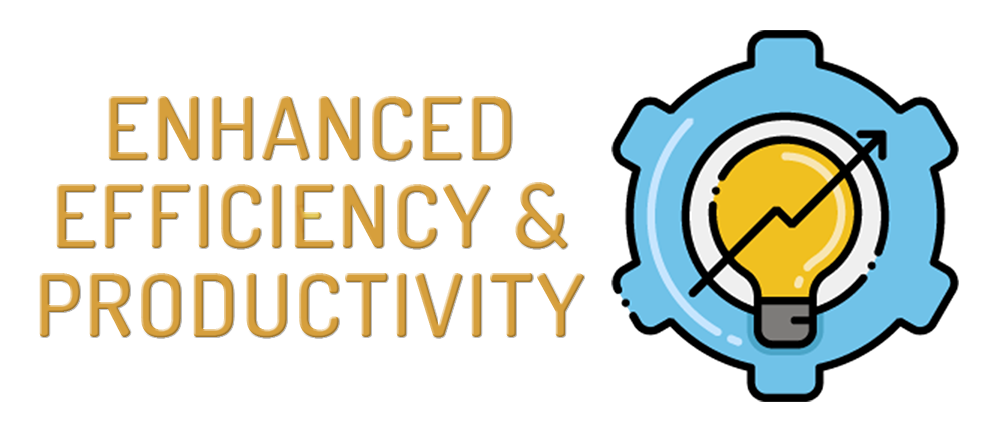
Digital tools and automation streamline processes, reducing manual tasks and human errors. This leads to increased efficiency, productivity, and cost-effectiveness, allowing businesses to accomplish more with fewer resources.
Digital transformation enables businesses to provide personalized and seamless customer experiences. Through data-driven insights, companies can better understand customer preferences, tailor their offerings, and engage with customers across various digital channels.
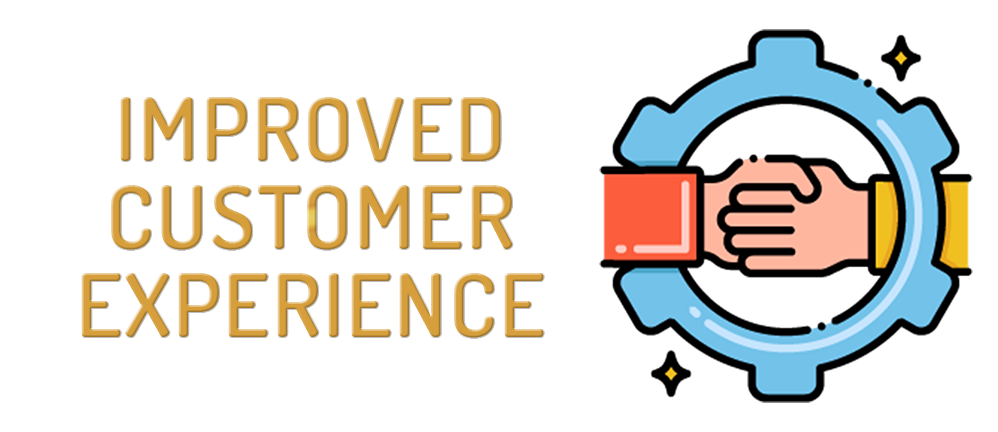
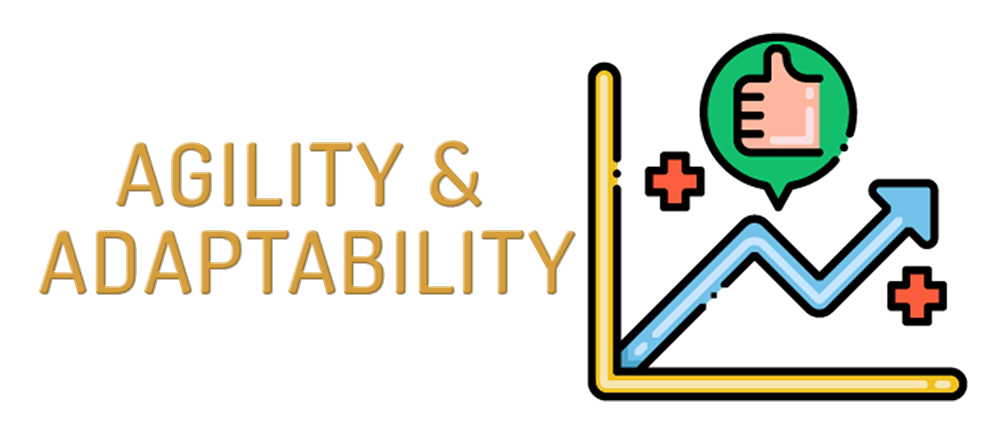
Embracing digital technologies enables businesses to be more agile and adaptable in responding to market changes, customer demands, and emerging trends. This flexibility allows them to stay competitive in a rapidly changing business landscape.
Digital transformation provides access to vast amounts of data that can be analyzed to gain valuable insights. This data-driven approach allows businesses to make informed decisions, optimize operations, and identify new opportunities for growth.
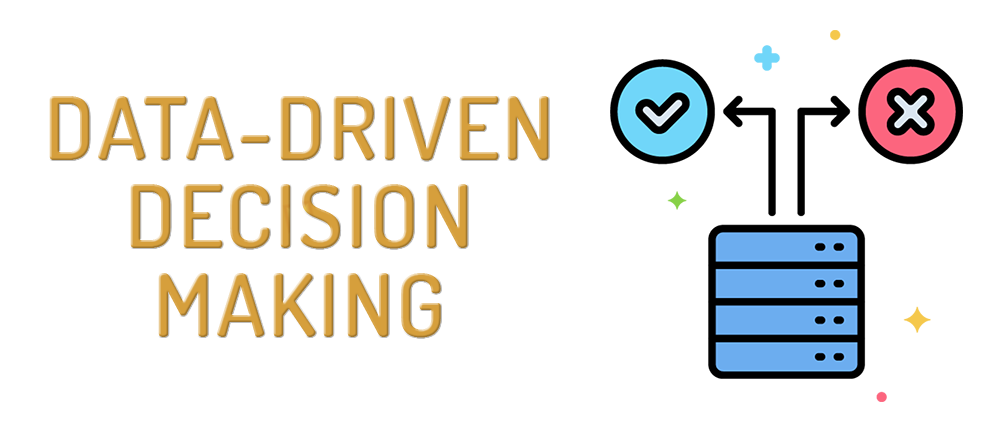
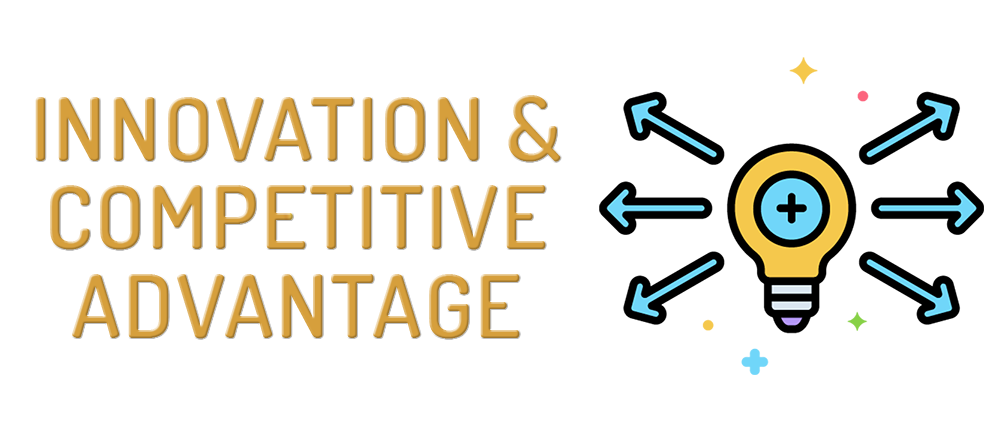
Companies that undergo digital transformation are better positioned to innovate and stay ahead of the competition. They can leverage emerging technologies and digital solutions to create new products, services, and business models.
Digital transformation provides access to vast amounts of data that can be analyzed to gain valuable insights. This data-driven approach allows businesses to make informed decisions, optimize operations, and identify new opportunities for growth.


Companies that undergo digital transformation are better positioned to innovate and stay ahead of the competition. They can leverage emerging technologies and digital solutions to create new products, services, and business models.
Digital transformation enables businesses to scale their operations efficiently and expand their reach beyond geographical boundaries. E-commerce platforms, online marketing, and digital communication allow companies to access a global market.


As digital threats increase, businesses must strengthen their cybersecurity measures. Digital transformation allows companies to implement robust security protocols to safeguard their data, systems, and customer information.
Digital transformation can help businesses comply with industry regulations and standards more effectively. It ensures that data handling, privacy, and other legal requirements are met.


Embracing digital technologies can contribute to a business’s sustainability efforts. Paperless operations, remote work policies, and optimized supply chains can help reduce the organization’s carbon footprint.
Digital transformation is essential for businesses to remain relevant, competitive, and successful in the modern business landscape. It empowers companies to leverage technology to improve efficiency, customer experiences, and decision-making while staying adaptable to changing market conditions. Embracing digital transformation is not just an option for businesses; it is a strategic imperative to thrive in the digital age.
Our Services
Digital Transformation
Today, the digital age forces us to participate in a hybrid world where companies have the obligation to transform to be more competitive.
We can help your company to achieve this evolution in its services or new business models, using new technologies that are available to any company regardless of their size.
We believe that every company needs digital transformation, we have the experience and tools necessary to collaborate with any project, entrepreneurship or company that needs to improve, increase its sales, expand to other markets or simply serve its customers better.
Business Development Consultation
If your company needs to improve, we can help you with analysis and advice to recommend the necessary changes to meet your commercial objectives.
SMEs (small and medium enterprises) are our goal in terms of our client or ally profile so that they can have the best services without their cost being an obstacle.
E-Commerce Consultation
If your company, business or project is at the point of marketing your products or services in the digital world, we have electronic commerce solutions, from the conceptualization of your digital presence to traffic generation.
Your business can continue the same without any additional headaches and trying to reinvent the wheel, we will add a working team to develop your electronic commerce.
Marketing and Online Sales Consultation
The marketing of your products and services is one of the most important aspects of your business, but according to our experience, it is one of the most neglected in small and medium enterprises.
Today, digital marketing has come to improve the possibilities of any company to advertise its offer to the market that interests you in a more intelligent and planned way.
Sales using digital tools and social network platforms require structure and organization to make them effective. We recommend the use of innovative technologies to manage the flow of information generated in the digital world, where the use of business intelligence and artificial intelligence is not optional anymore, but an obligation if you want to take your company to another level commercially and operationally.
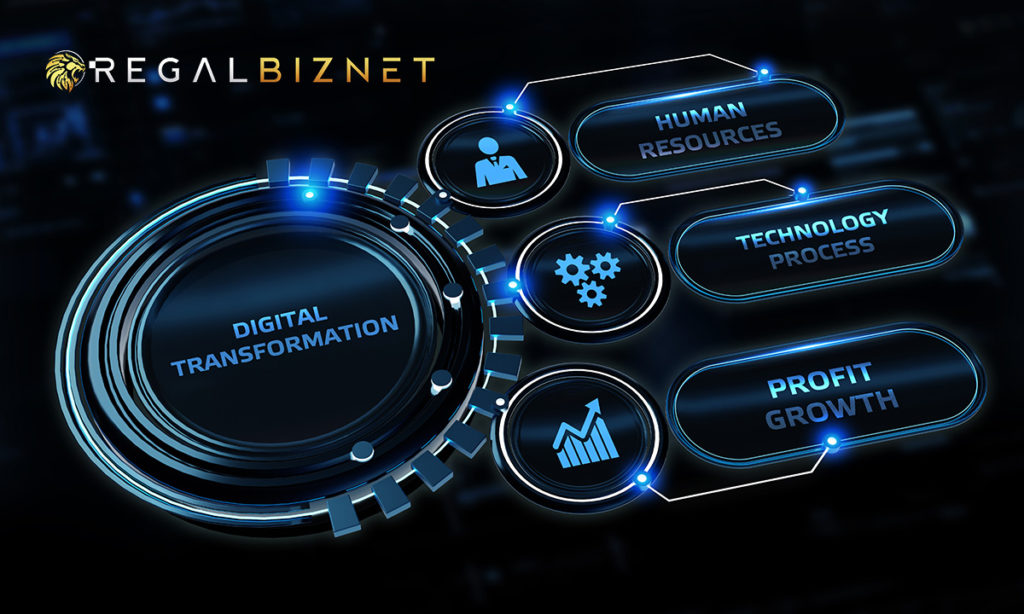
What is Digital Transformation?
Digital transformation is the integration of digital technology in all areas of a company, fundamentally changing the way it operates and provides value to its customers
Organizations undertake digital transformation to involve and serve their workers and customers better, and thus improve their ability to compete.
Why is digital transformation important to your company?
Successful digital transformations produce continuous business benefits: technologies and digital processes allow organizations to respond skillfully to customer demands in the present and as they evolve. Digital transformation also creates infrastructure and skills necessary to take advantage of rapid evolution technologies that could confer a competitive advantage.
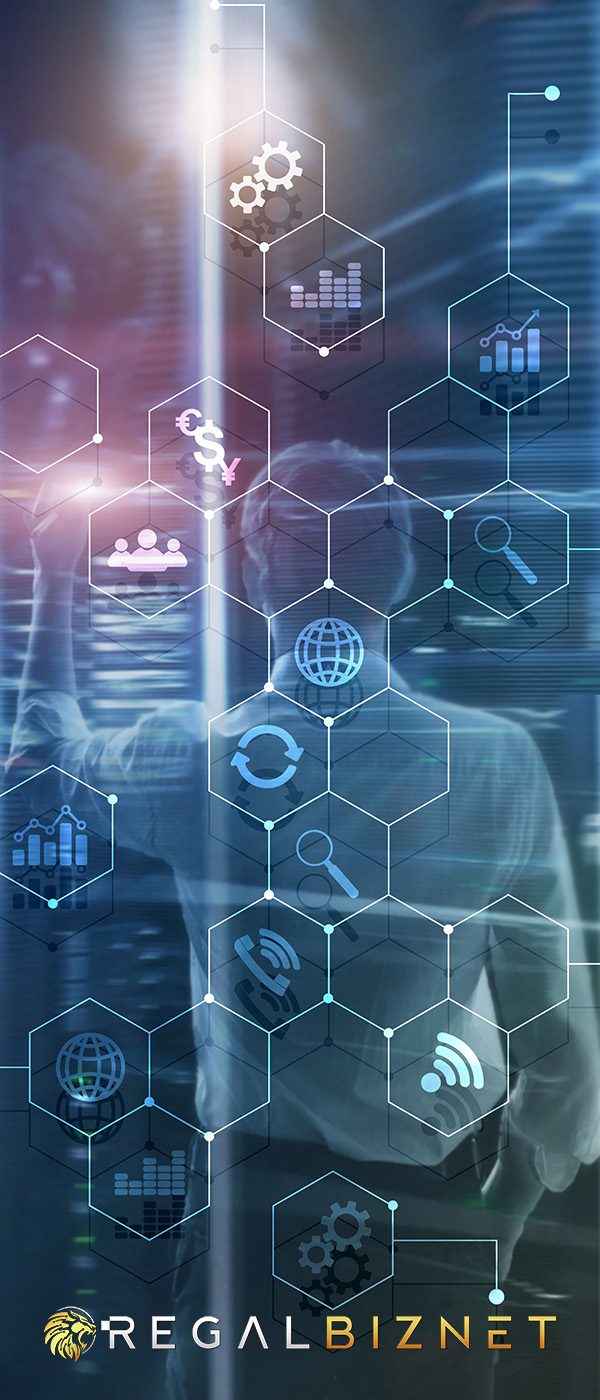
The main technologies and methodologies in which we can support ourselves to start a digital change process are:
- Cloud Computing
- IoT (5G y 6G)
- Big Data
- Artificial Intelligence
- Machine Learning
- Cybersecurity
- Business Intelligence
- Digital Marketing
- Ecommerce
- Blockchain
- Virtual reality
- Augmented and Extended reality: Metaverse assisted mobility
- 3D printing
- Industry RPA 4.0
Technology promotes the need for digital transformation, as well as supporting the digitalization of an organization.
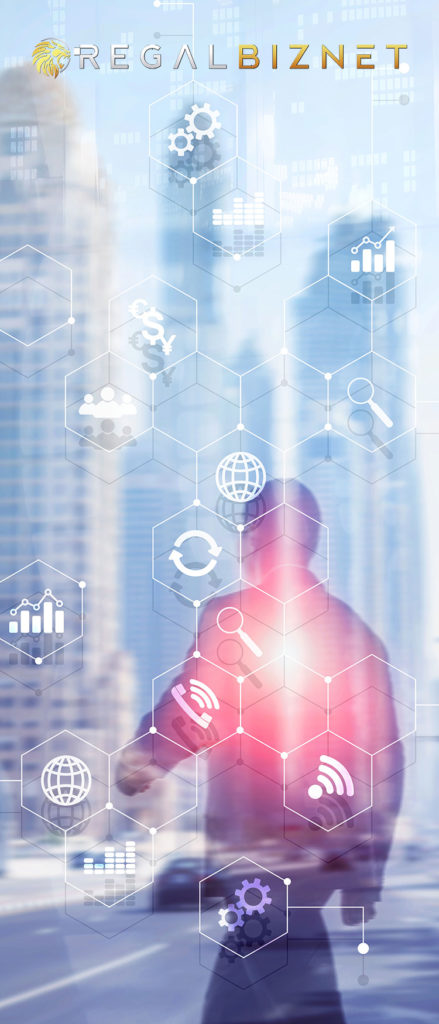

Cloud computing refers to the delivery of various computing resources, such as storage, processing power, and software, over the internet.
Popular cloud service providers include Amazon Web Services (AWS), Microsoft Azure, Google Cloud Platform (GCP), and others, which offer a wide range of cloud services to meet various computing needs.
Benefits:
Scalability: Cloud services can be easily scaled up or down to accommodate changing needs.
Cost Efficiency: Cloud computing eliminates the need to invest heavily in upfront hardware and software costs.
Accessibility: As long as there is an internet connection, users can access cloud resources from anywhere and from various devices, enabling greater mobility and collaboration.
Reliability and Redundancy: Cloud providers typically offer high levels of uptime and availability by distributing resources across multiple data centers. This redundancy helps minimize downtime due to hardware failures or maintenance.
Automatic Updates and Maintenance: Cloud providers handle software updates and maintenance tasks, reducing the burden on users to manage these aspects themselves.
- Resource Sharing: Cloud computing allows multiple users to share the same physical resources, making better use of hardware and reducing waste.
Key components and aspects of IoT:
- Devices and Sensors: IoT devices are equipped with various sensors that can gather data, such as temperature, humidity, light, motion, and more.
- Data Collection and Analysis: IoT devices generate a significant amount of data. This data is collected, transmitted to cloud-based platforms, and analyzed to derive insights. These insights can help make informed decisions, optimize operations, and improve efficiency.
- Cloud Computing: Cloud platforms play a crucial role in IoT by providing storage, processing power, and analytical capabilities.
- Automation and Control: IoT allows for remote monitoring and control of devices and systems.
- Applications: IoT has a wide range of applications across various industries, including smart homes, healthcare (remote patient monitoring), agriculture (precision farming), transportation (connected vehicles), manufacturing (industry 4.0), and more.
- Edge Computing: Edge computing is a concept closely related to IoT, where data processing and analysis occur closer to the data source (the “edge”) rather than sending all the data to the centralized cloud.
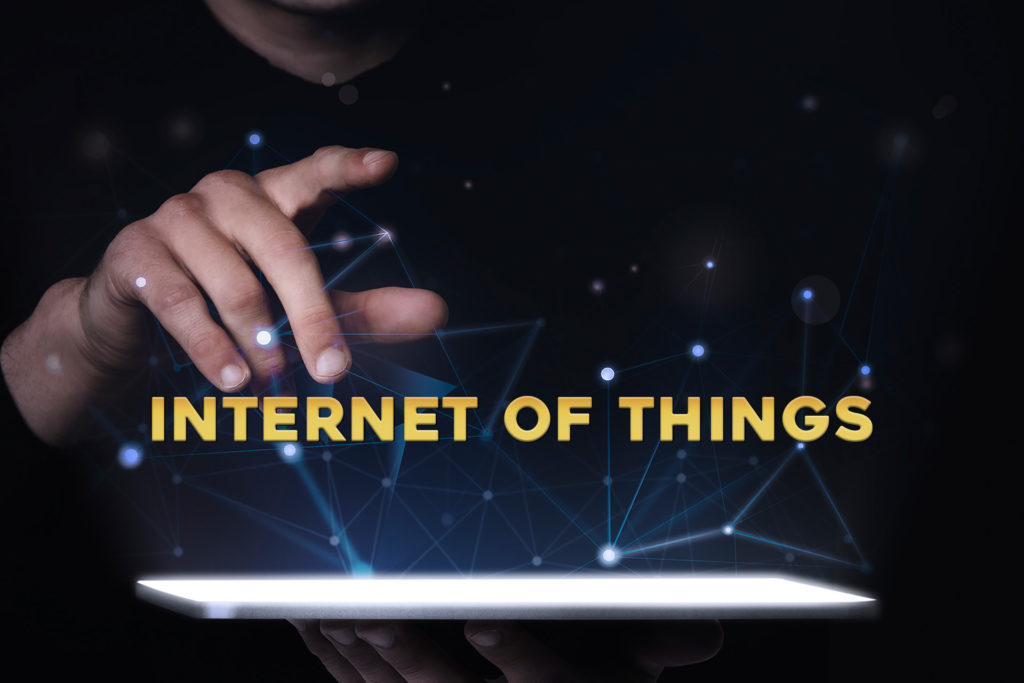
IoT stands for "Internet of Things." It refers to the network of physical objects, devices, vehicles, buildings, and other items that are embedded with sensors, software, and connectivity, enabling them to collect and exchange data over the internet. The concept behind IoT is to create a vast ecosystem of interconnected objects that can interact and communicate with each other and with humans.
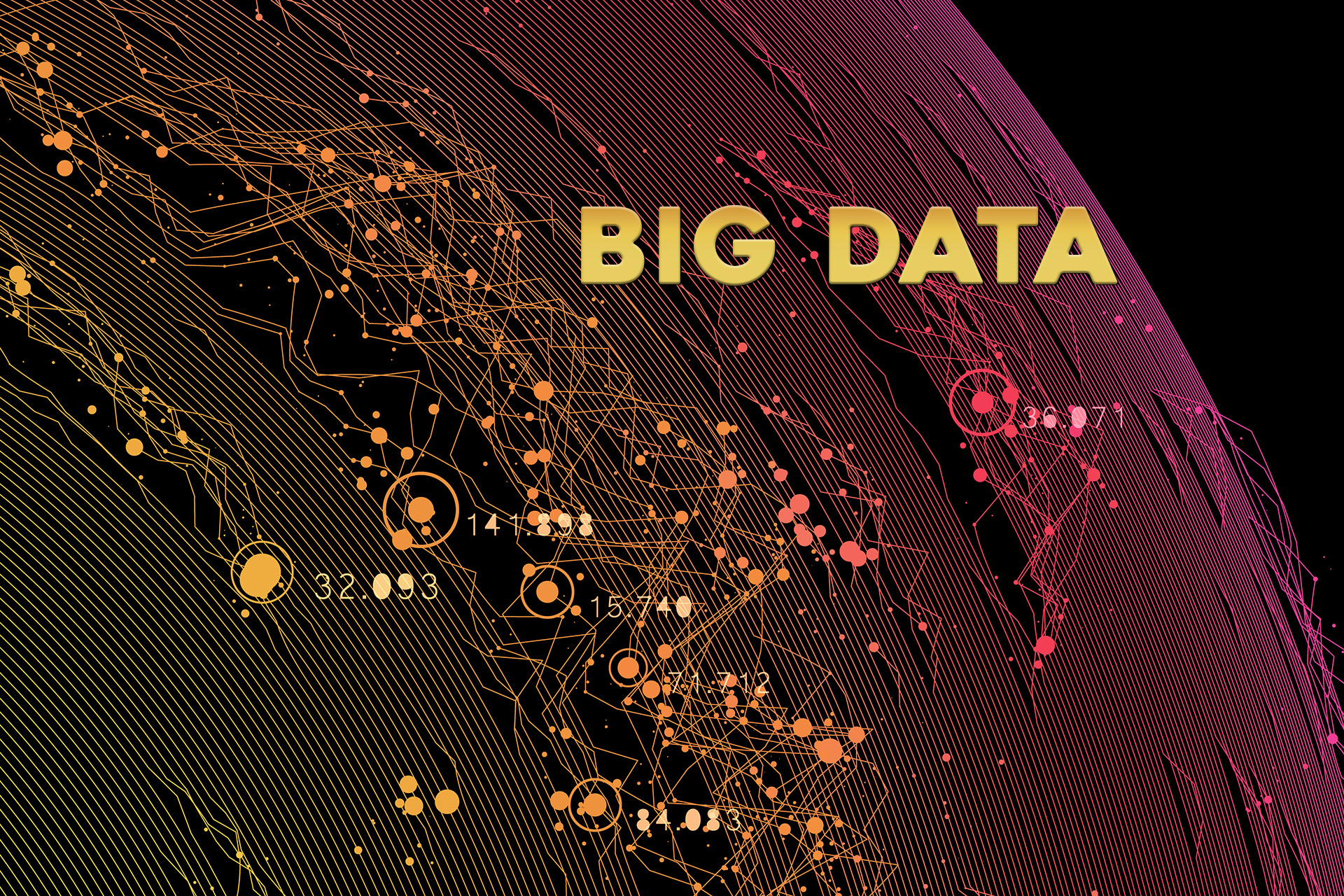
Big data refers to the vast and complex sets of data that exceed the capabilities of traditional data processing and analysis methods. It encompasses extremely large volumes of data, often characterized by high velocity (rapid data generation and flow), variety (diverse data types and sources), and variability (inconsistent data formats or quality). Big data sets are generated from various sources, including sensors, social media, transaction records, multimedia content, and more.
Key characteristics of big data include:
Volume: Big data involves massive amounts of data that can range from terabytes to petabytes and beyond. Traditional databases and tools are inadequate for handling such enormous data volumes.
Velocity: Data in big data contexts is generated and processed at high speeds. This real-time or near-real-time flow of data requires specialized tools and technologies to capture and analyze it effectively.
Variety: Big data encompasses diverse types of data, including structured data (like traditional databases), semi-structured data (like XML or JSON files), and unstructured data (like text, images, videos, and social media posts).
Variability: Data in big data sets can be inconsistent or incomplete, making it challenging to manage and analyze using conventional methods.
Complexity: Big data often involves complex relationships and patterns within the data, requiring advanced analytical techniques, such as machine learning and data mining, to extract meaningful insights.
Value: Extracting insights from big data can lead to valuable insights and opportunities for organizations. These insights can inform decision-making, identify trends, predict outcomes, and more.
Artificial Intelligence (AI) refers to the simulation of human intelligence processes by machines, especially computer systems. These processes include learning (the acquisition of information and rules for using it), reasoning (using rules to reach conclusions), problem-solving, perception (interpreting sensory information), language understanding, and even interaction with the environment. AI aims to create systems that can perform tasks that typically require human intelligence, such as decision-making, problem-solving, natural language understanding, and pattern recognition.
AI technologies can be broadly categorized into two types:
Narrow or Weak AI: This type of AI is designed to perform a specific task or a narrow range of tasks. Examples include voice assistants like Siri, recommendation systems on streaming platforms, and chatbots for customer support.
General or Strong AI: This type of AI would have human-like cognitive abilities and be capable of understanding, learning, and performing any intellectual task that a human can do.
Applications in industries
Healthcare:
- Medical Diagnosis: AI systems can analyze medical images, such as X-rays and MRIs, to assist in diagnosing diseases and conditions.
- Drug Discovery: AI algorithms can identify potential drug candidates by simulating molecular interactions and predicting their efficacy.
- Patient Monitoring: AI-powered devices can continuously monitor patients’ vital signs and alert medical staff to any anomalies.
Finance
• Algorithmic Trading: AI algorithms analyze market data and execute trades at high speeds to optimize investment strategies.
• Credit Scoring: AI assesses creditworthiness by analyzing a variety of data points to make more accurate lending decisions.
• Fraud Detection: AI identifies unusual patterns in transactions to detect fraudulent activities and prevent financial losses.
Retail
• Personalized Marketing: AI analyzes customer data to create personalized product recommendations and marketing strategies.
• Inventory Management: AI predicts demand for products, optimizing inventory levels and reducing stockouts.
• Chatbots and Virtual Assistants: AI-powered chatbots provide customer support, answer inquiries, and help with online shopping.
Manufacturing
• Quality Control: AI systems inspect products for defects and ensure consistent quality during the manufacturing process.
• Supply Chain Optimization: AI optimizes supply chain operations by predicting demand fluctuations and optimizing logistics routes.
• Predictive Maintenance: AI analyzes equipment sensor data to predict when machines might fail, enabling proactive maintenance.
Transportation
• Autonomous Vehicles: AI powers self-driving cars, trucks, and drones, enabling safer and more efficient transportation.
• Traffic Management: AI analyzes traffic patterns to optimize traffic flow, reduce congestion, and improve road safety.
• Predictive Maintenance for Fleet Management: AI predicts when vehicles need maintenance to reduce downtime and enhance efficiency.
Energy
• Smart Grid Management: AI optimizes energy distribution, predicts demand, and manages renewable energy sources in smart grids.
• Energy Consumption Analysis: AI analyzes energy consumption data to identify opportunities for energy efficiency improvements.
• Equipment Monitoring: AI monitors equipment in energy facilities to detect malfunctions and reduce downtime.
Benefits of Machine Learning (ML):
Automation and Efficiency: ML automates complex tasks that would be time-consuming or practically impossible to code manually. This leads to increased efficiency and productivity.
Data-Driven Insights: ML can uncover patterns and insights in large datasets that may not be obvious to humans, enabling better decision-making.
Accurate Predictions: ML algorithms can make accurate predictions based on historical data, aiding businesses in forecasting demand, customer behavior, and market trends.
Personalization: ML enables personalized experiences by analyzing user preferences and behavior, leading to better recommendations in areas like e-commerce, content delivery, and marketing.
Continuous Learning: ML models can continuously improve and adapt as new data becomes available, allowing them to remain relevant and accurate over time.
Handling Complexity: ML can handle complex problems and large datasets that are beyond the capacity of traditional programming.
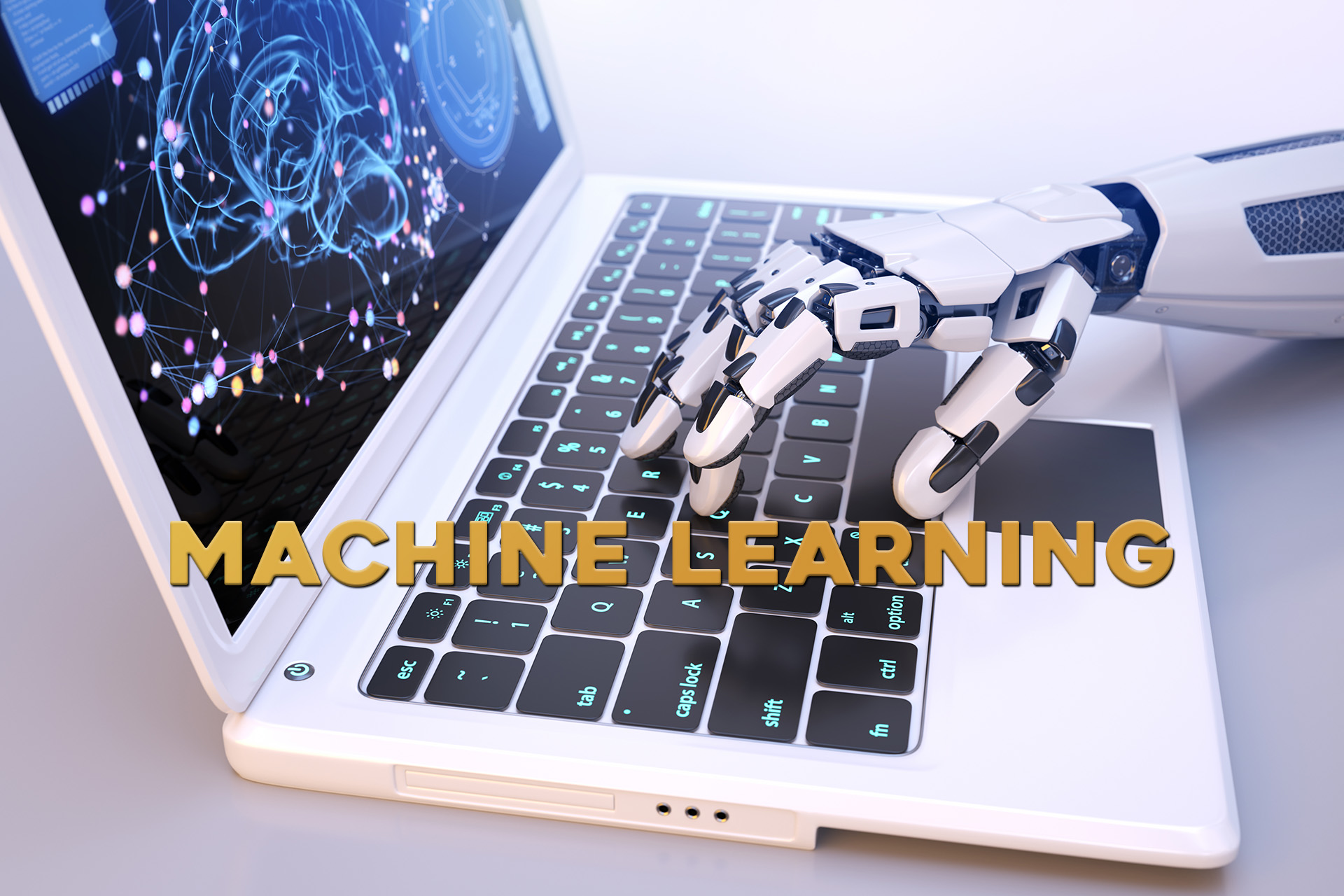
Machine Learning (ML) is a subset of artificial intelligence that involves the development of algorithms and models that enable computers to learn from and make predictions or decisions based on data. Unlike traditional programming, where explicit instructions are given to achieve a task, in machine learning, the algorithms learn patterns and relationships from data to make predictions or decisions without being explicitly programmed for each scenario.

Cybersecurity, also known as information security, refers to the practice of protecting computer systems, networks, devices, and data from unauthorized access, cyberattacks, and other potential threats. As technology has become more integrated into our lives and businesses, cybersecurity has become an essential aspect of maintaining privacy, confidentiality, integrity, and availability of digital assets.
Key Elements of Cybersecurity:
Confidentiality: Ensuring that sensitive data is only accessible to authorized individuals or systems. This involves implementing encryption, access controls, and secure authentication mechanisms.
Integrity: Ensuring that data remains accurate and unaltered during storage, transmission, and processing. Techniques like data hashing and digital signatures are used to verify data integrity.
Availability: Ensuring that systems and data are accessible and operational when needed. Protection against denial-of-service (DoS) attacks and system failures is crucial to maintain availability.
Authentication: Verifying the identity of users, devices, or systems before granting access. This can involve using passwords, multi-factor authentication (MFA), biometrics, and other methods.
Authorization: Determining what level of access and actions are allowed for authenticated users or systems. Access controls limit users to only the resources they are authorized to use.
Key Components of Business Intelligence:
Data Collection: BI involves gathering data from various sources, both internal (e.g., sales, finance, operations) and external (e.g., market research, social media, competitors).
Data Warehousing: Data is often stored in a centralized repository called a data warehouse, where it can be organized, cleaned, and made ready for analysis.
Data Analysis: BI tools and software analyze the collected data to uncover patterns, trends, correlations, and insights.
Reporting and Visualization: BI solutions provide visual representations of data through charts, graphs, dashboards, and reports that are easy for non-technical users to understand.
Querying and Exploration: Users can interact with data using queries and exploration tools to delve deeper into specific aspects and answer ad hoc questions.
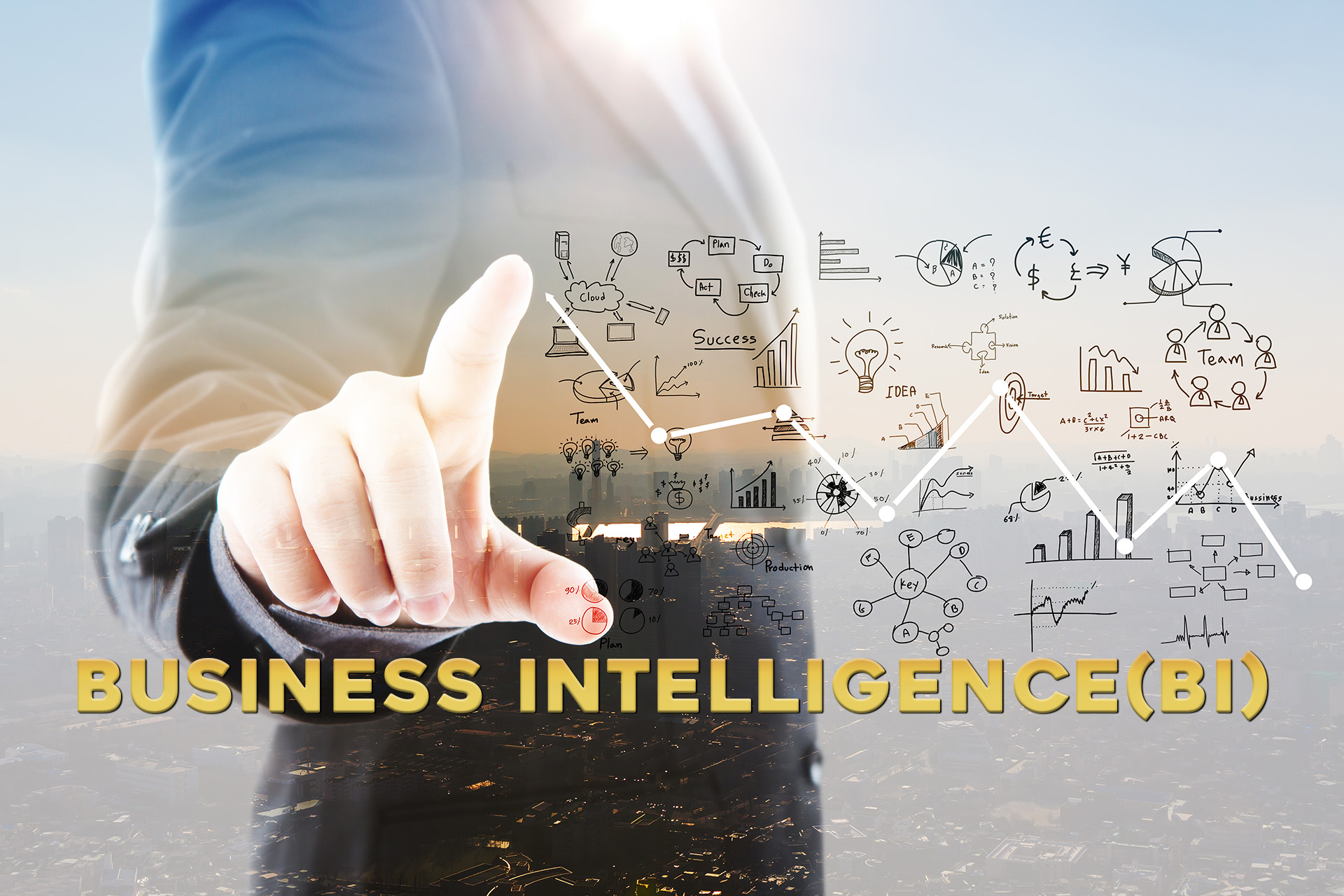
Business Intelligence (BI) refers to the technologies, processes, and practices that organizations use to collect, analyze, and present business data to support informed decision-making. BI encompasses a range of tools and techniques that enable companies to transform raw data into meaningful insights, helping them gain a deeper understanding of their operations, customers, market trends, and overall performance.
Benefits of Business Intelligence
1. Informed Decision-Making: BI provides decision-makers with timely, accurate, and relevant insights to make informed choices that can drive business growth and efficiency.
2. Performance Monitoring: Organizations can track key performance indicators (KPIs) and metrics in real-time to measure progress toward goals and identify areas for improvement.
3. Market Insights: BI helps businesses understand market trends, customer preferences, and competitive landscape, aiding in strategic planning and identifying opportunities.
4. Predictive Analytics: BI can use historical data and algorithms to forecast future trends, enabling organizations to make proactive decisions.
5. Efficiency and Cost Savings: BI identifies inefficiencies and areas of waste, allowing businesses to optimize processes, reduce costs, and enhance resource allocation.
6. Customer Insights: BI helps organizations gain insights into customer behavior, preferences, and buying patterns, leading to improved customer experiences and targeted marketing strategies.
7. Data Integration: BI tools can consolidate data from different sources, creating a unified view of the business that helps eliminate data silos.
8. Collaboration: BI dashboards and reports can be shared across teams and departments, fostering collaboration and alignment toward common goals.
9. Regulatory Compliance: BI can assist in tracking and reporting data for compliance with regulations and industry standards.
10. Real-time Monitoring: BI enables real-time monitoring of operations, allowing quick reactions to anomalies or deviations from expected performance.
11. Strategic Planning: BI insights guide long-term planning, helping businesses set goals, allocate resources, and develop strategies to achieve success.
12. Data-Driven Culture: BI promotes a culture of data-driven decision-making, where employees at all levels rely on evidence-based insights rather than intuition.
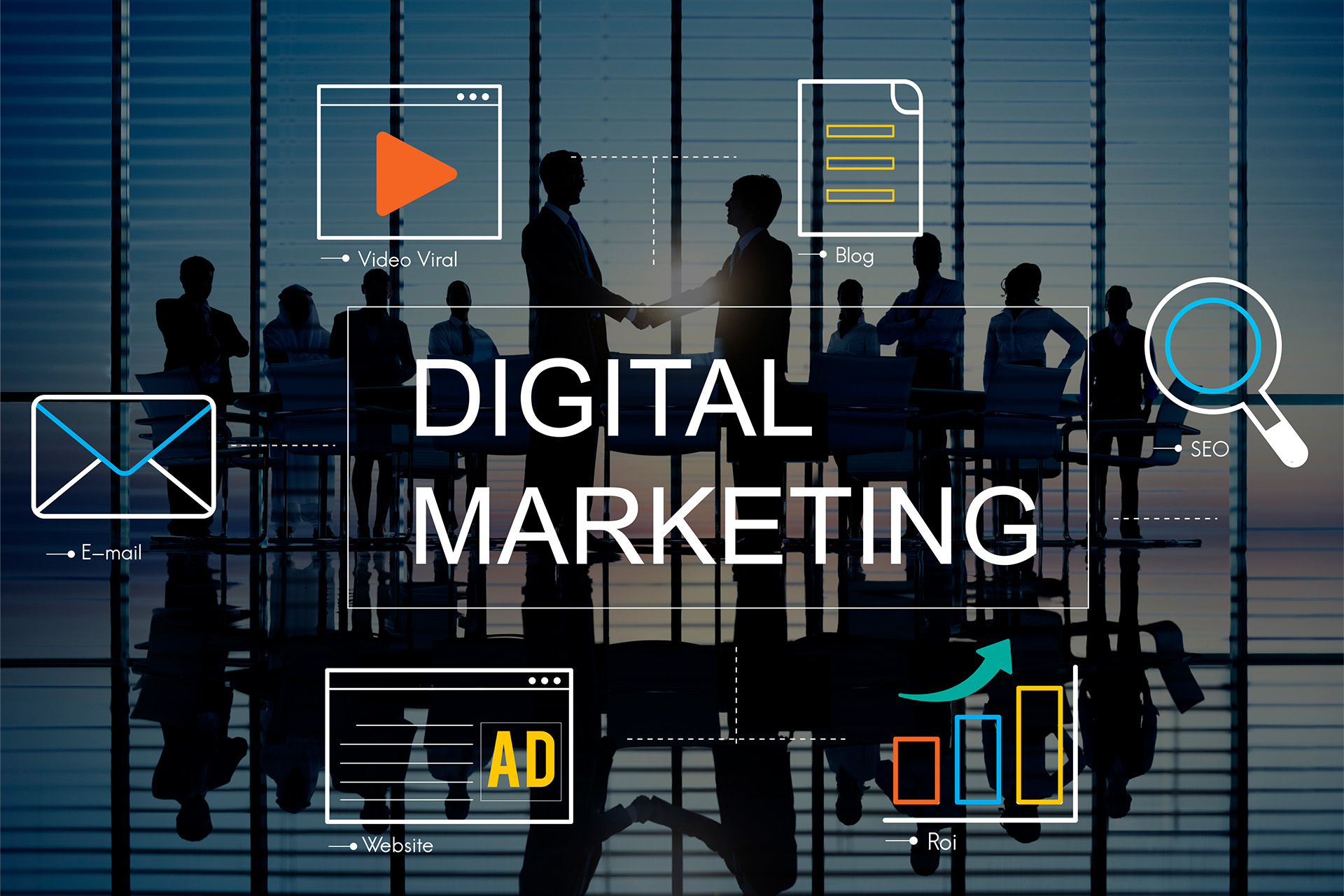
Digital marketing refers to the use of digital channels, platforms, and technologies to promote products, services, or brands to a target audience. It encompasses a wide range of online marketing activities designed to reach potential customers through various digital mediums.
Key Components of Digital Marketing:
- Search Engine Optimization (SEO): SEO involves optimizing a website’s content, structure, and technical elements to improve its visibility in search engine results. The goal is to increase organic (unpaid) traffic to the website.
Search Engine Marketing (SEM): SEM includes paid advertising efforts to appear prominently in search engine results pages (SERPs). This encompasses pay-per-click (PPC) ads and other paid search strategies.
Content Marketing: Content marketing involves creating valuable, relevant, and engaging content (such as blog posts, articles, videos, infographics) to attract and retain the target audience. The goal is to establish authority and build relationships.
Social Media Marketing: Social media marketing involves using platforms like Facebook, Twitter, Instagram, and LinkedIn to reach and engage with the target audience. It includes creating and sharing content, running paid ads, and fostering community interaction.
- Email Marketing: Email marketing involves sending targeted emails to a list of subscribers. It can include newsletters, promotional offers, product announcements, and more.
Affiliate Marketing: Affiliate marketing involves partnering with other businesses or individuals to promote products or services in exchange for a commission on sales generated through their efforts.
Influencer Marketing: Influencer marketing involves collaborating with individuals who have a strong online presence and a relevant following to promote products or services to their audience.
Online Advertising: Online advertising includes various forms of paid advertisements across different platforms, including display ads, video ads, social media ads, and more.
Video Marketing: Video marketing involves creating and sharing videos to engage and inform the target audience. This can include video ads, tutorials, explainer videos, and more.
Mobile Marketing: Mobile marketing targets users on mobile devices through strategies like mobile apps, SMS marketing, and location-based services.
Analytics and Data Analysis: Collecting and analyzing data from various digital marketing activities to gain insights into audience behavior, campaign performance, and overall effectiveness.
Conversion Rate Optimization (CRO): CRO focuses on improving the effectiveness of websites and landing pages to increase the percentage of visitors who take desired actions, such as making a purchase or signing up.
Social Media Optimization (SMO): SMO involves optimizing social media profiles and content to increase visibility, engagement, and sharing.
Marketing Automation: Using tools and platforms to automate repetitive marketing tasks, such as sending emails, scheduling social media posts, and segmenting audiences.
Chatbot and AI Marketing: Leveraging chatbots and artificial intelligence to engage with customers in real time and provide personalized experiences.
Digital marketing allows businesses to reach their target audience effectively, measure the impact of their efforts, and adjust strategies in real time. Its diverse components offer opportunities to connect with customers across various online platforms and tailor marketing efforts to specific goals and preferences.
Benefits of E-commerce:
Global Reach: E-commerce allows businesses to reach a global audience without the limitations of physical location.
Convenience: Customers can shop from anywhere, anytime, making e-commerce a convenient option for busy lifestyles.
Lower Operating Costs: Operating an online store often incurs lower costs than running a brick-and-mortar store, including reduced rent and staffing expenses.
Personalization: E-commerce sites can use customer data to provide personalized recommendations and shopping experiences.
24/7 Availability: E-commerce stores are accessible around the clock, enabling customers to shop at their convenience.
Comparison Shopping: Customers can easily compare prices, features, and reviews of products before making a purchase.
Efficient Inventory Management: E-commerce platforms allow for real-time inventory management and tracking.
Targeted Marketing: E-commerce enables precise targeting of marketing efforts based on customer data and behavior.
Data Analytics: E-commerce provides insights into customer behavior, allowing businesses to refine their strategies.
Reduced Geographic Barriers: Buyers and sellers can overcome geographical limitations, expanding market opportunities.

E-commerce, short for electronic commerce, refers to the buying and selling of goods and services over the internet. It involves online transactions between businesses (B2B), businesses and consumers (B2C), consumers and consumers (C2C), and even through mobile devices. E-commerce has become a significant part of modern business, offering convenience, accessibility, and a global reach to both buyers and sellers.
E-commerce has transformed the way businesses operate and how consumers shop, offering a dynamic and competitive landscape where innovation, customer experience, and technology play crucial roles.

Blockchain is a decentralized and distributed digital ledger technology that records transactions in a secure and immutable manner. It enables multiple parties to maintain a single version of truth without the need for intermediaries or central authorities. The concept of blockchain was originally introduced as the underlying technology behind the cryptocurrency Bitcoin, but its applications have since expanded to various industries beyond finance.
Applications of Blockchain:
- Cryptocurrencies: Bitcoin was the first application of blockchain, allowing peer-to-peer transactions without intermediaries.
- Supply Chain Management: Blockchain can provide transparency and traceability in supply chains, reducing fraud and ensuring product authenticity.
Financial Services: Blockchain is used for cross-border payments, remittances, and digital identity verification, improving efficiency and reducing costs.
Healthcare: Blockchain can securely store and share patient data, ensuring privacy and data integrity while enabling interoperability.
Identity Verification: Blockchain can provide a secure and decentralized way to manage and verify digital identities.
Smart Contracts and Decentralized Applications (DApps): Blockchain enables the development of DApps that run on the network and execute tasks using smart contracts.
Real Estate and Land Records: Blockchain can digitize and authenticate property ownership, reducing fraud and streamlining property transactions.
Voting Systems: Blockchain can enhance transparency and security in voting systems by providing an immutable record of votes.
Energy and Utilities: Blockchain can facilitate peer-to-peer energy trading and track energy usage through smart meters.
Digital Rights Management: Blockchain can manage ownership and distribution of digital assets, reducing piracy and ensuring creators are compensated.
Key Aspects of Virtual Reality:
Head-Mounted Display (HMD): Users wear a VR headset that contains screens or displays in front of their eyes, completely immersing them in the virtual environment.
3D Environment: The virtual environment is created using 3D graphics and can simulate realistic landscapes, scenes, objects, and characters.
Sensory Input: VR often incorporates audio and visual stimuli to enhance immersion. High-quality audio and spatial sound contribute to the feeling of presence within the virtual space.
Interactivity: Users can interact with the virtual environment using controllers, gestures, voice commands, or even physical movement.
Presence: VR aims to create a sense of “presence,” where users feel as though they are truly present within the virtual world, experiencing it as if it were real.

Virtual Reality (VR) is a technology that creates a simulated, computer-generated environment or experience that can be interacted with and explored by users. It immerses users in a three-dimensional, artificial environment that can replicate real-world settings or entirely imaginary scenarios. VR typically involves wearing a headset or goggles that display the virtual environment, and often includes additional hardware such as motion sensors, controllers, and gloves to enhance the user's interaction with the virtual world.
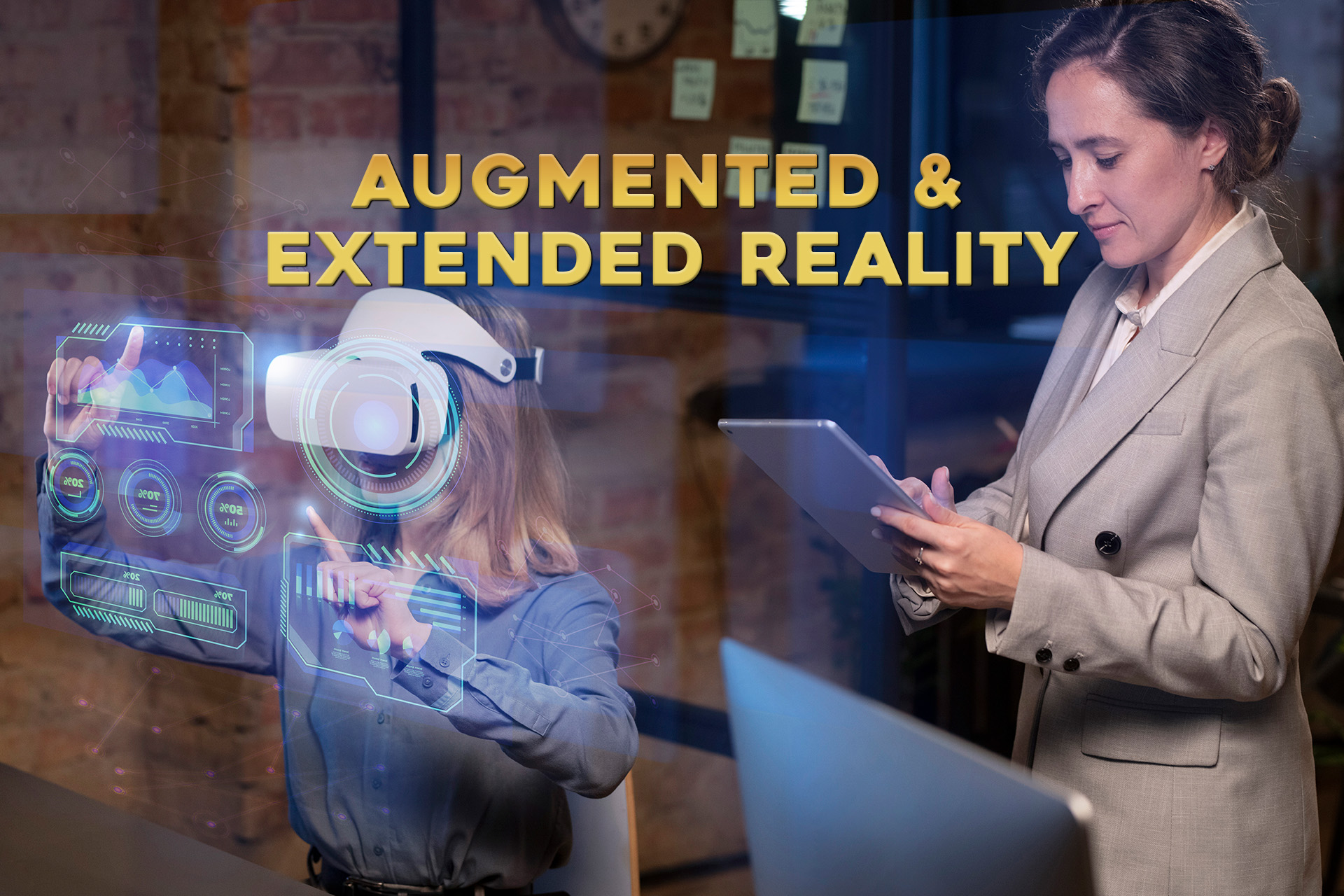
Augmented Reality (AR) and Extended Reality (XR) refer to technologies that overlay digital information and experiences onto the real world, blurring the line between the physical and digital realms. These technologies enhance our perception of reality by adding computer-generated elements to our surroundings.
Metaverse refers to a collective virtual shared space, created by the convergence of physical and virtual reality. It’s a digital universe that combines augmented reality, virtual reality, and other immersive technologies, enabling users to interact with each other and digital objects in a persistent environment.
Assisted Mobility refers to using technology to assist people with mobility challenges in navigating their surroundings.
Metaverse Assisted Mobility could potentially involve the convergence of these concepts to create a technologically advanced system that assists individuals with mobility challenges in the metaverse, which is the virtual shared space.
- Medical and Healthcare: 3D printing is used to create custom medical implants, prosthetics, dental appliances, and even bio-printing for tissue and organ regeneration.
- Art and Design: Artists and designers use 3D printing to create intricate sculptures, jewelry, fashion pieces, and other creative works.
Architecture and Construction: 3D printing is explored for constructing buildings, creating detailed architectural models, and fabricating construction components.
Education: 3D printing is used in educational settings to teach concepts of design, engineering, and manufacturing.
Manufacturing and Production: Some industries are adopting 3D printing for small-batch production and creating specialized components.
Food and Culinary Arts: 3D printers can create intricate designs using edible materials, allowing for artistic presentations in food.
Aerospace and Defense: 3D printing is used for creating lightweight and complex aerospace components.
Consumer Goods: Some consumer products, such as jewelry, phone cases, and home decor items, are manufactured using 3D printing.

3D printing, also known as additive manufacturing, is a process of creating three-dimensional objects by layering or adding material one thin layer at a time. Unlike traditional subtractive manufacturing methods that involve cutting or shaping materials from a solid block, 3D printing builds objects layer by layer, often using computer-controlled machines called 3D printers.
Applications of 3D Printing:
- Prototyping and Product Development: Industries like aerospace, automotive, and consumer goods use 3D printing to rapidly create prototypes for testing and design validation.
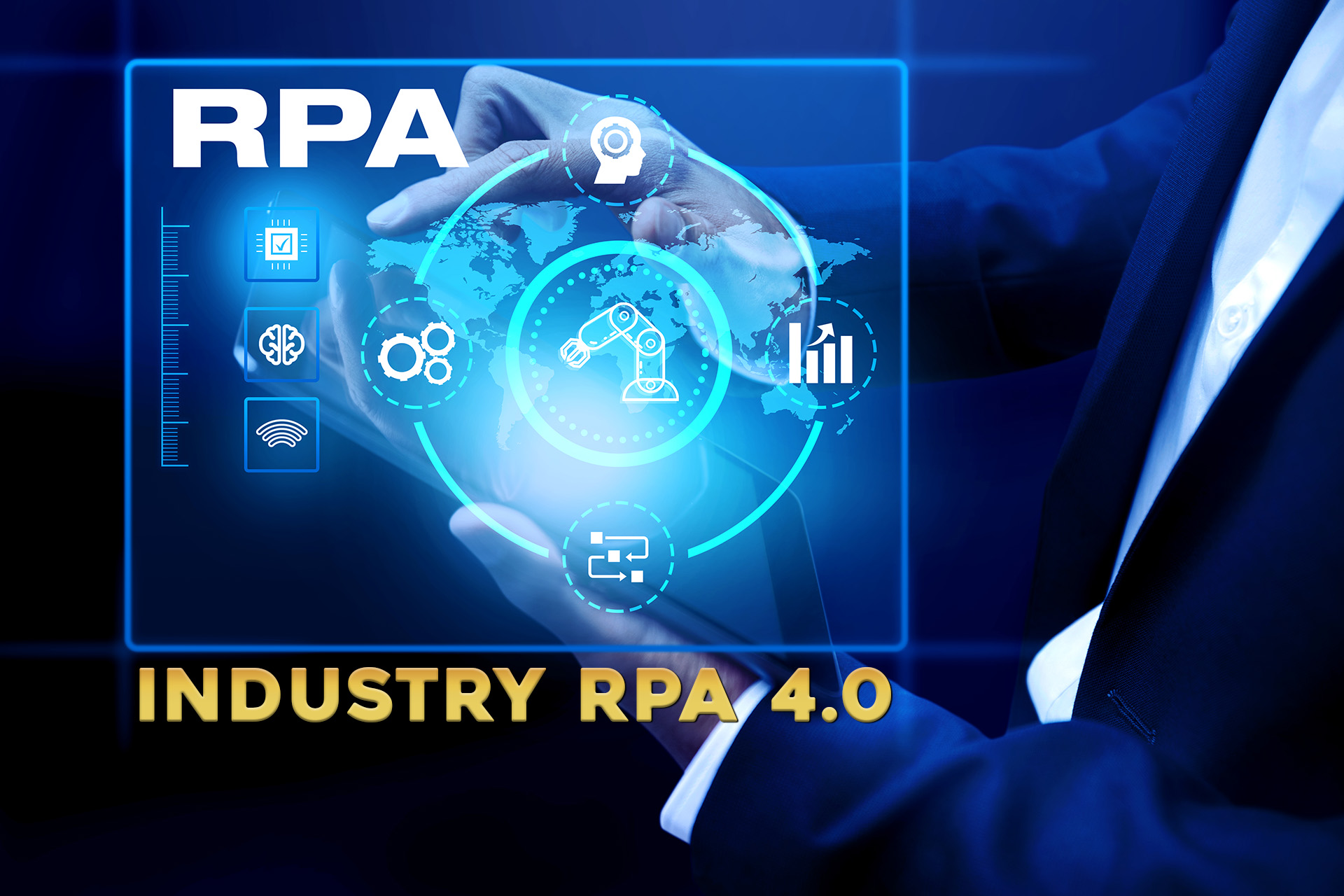
Industry RPA 4.0 refers to the convergence of Robotic Process Automation (RPA) and Industry 4.0 principles to drive automation, efficiency, and innovation within industrial and manufacturing processes. It combines the capabilities of RPA with the advancements of Industry 4.0 technologies to create smart, interconnected, and highly automated manufacturing environments.
Robotic Process Automation (RPA): RPA involves the use of software robots or “bots” to automate repetitive and rule-based tasks in business processes. These bots can mimic human interactions with digital systems and applications, performing tasks such as data entry, data extraction, and workflow management.
Industry 4.0: Industry 4.0, also known as the Fourth Industrial Revolution, represents the integration of digital technologies into industrial processes to create “smart factories.” It includes concepts like the Internet of Things (IoT), big data analytics, cloud computing, artificial intelligence, and cyber-physical systems.
Digital Transformation Playlist
Contact Us
